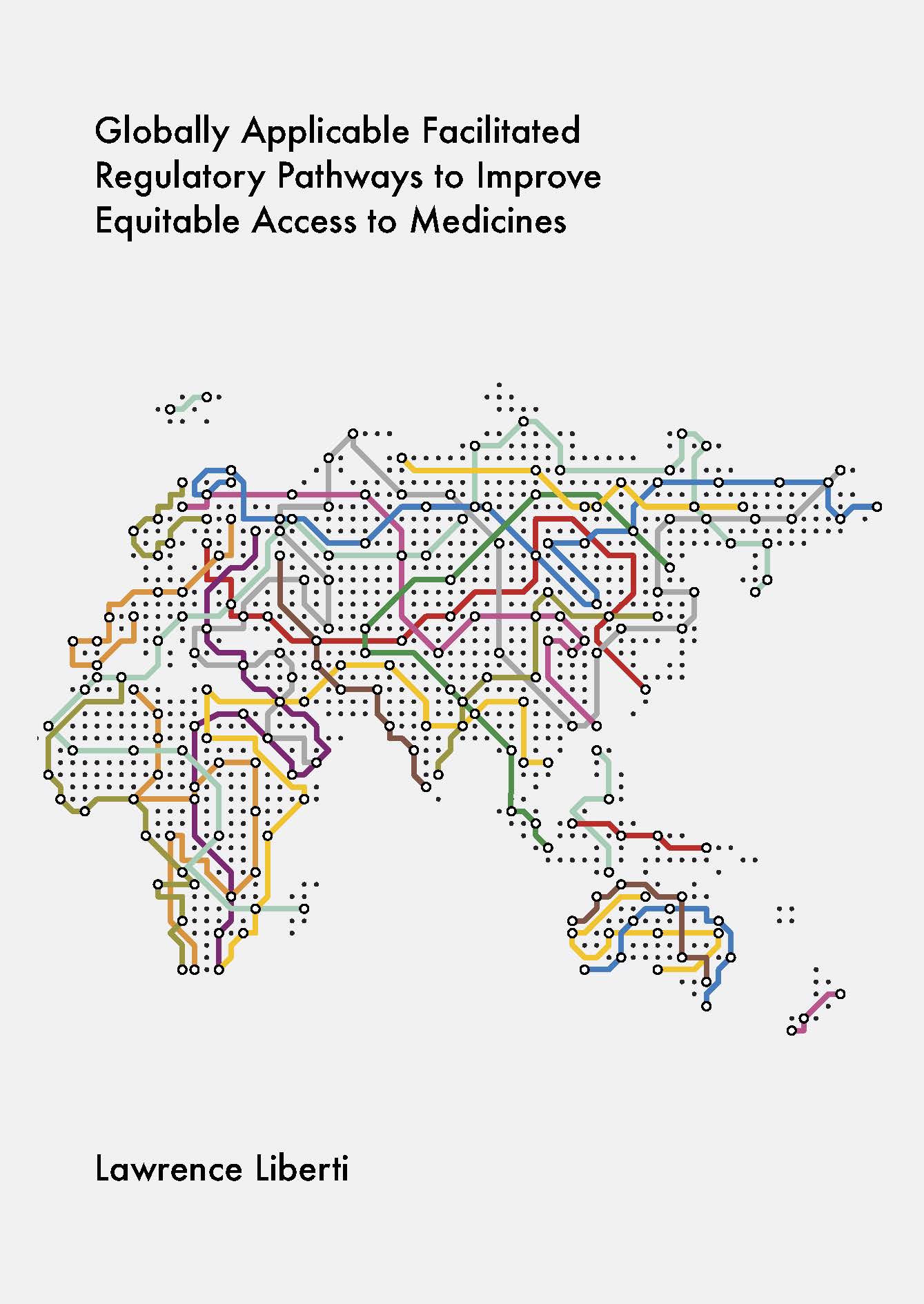A variety of approaches have been developed to accelerate the regulatory review of medicines. We characterise these various expedited pathways as facilitated regulatory pathways (FRPs): regulatory pathways designed to accelerate product development, the submission of market authorisation applications, and regulatory reviews. The goal of FRPs is to speed the assessment of new drugs with a positive benefit-risk balance, often for serious diseases or where there is an unmet medical need. But FRPs may be applicable to a broader group of products, including the assessment of generics, biologics and vaccines among others. FRPs may increase the level of communication and commitment between the sponsor and the regulatory agency, can give a larger role to medicines effects on surrogate endpoints and may move some of the burden of clinical benefit and safety evidence generation from the pre- to the post-authorisation phase. Importantly, some FRPs are designed to encourage reliance on or recognition of prior decisions made by reference authorities, thereby reducing regulatory duplication and the burden of review.
The research presented in this book identifies and characterises the key building blocks that provide context and support for the efficient use of facilitated regulatory pathways (FRPs).
Liberti LE. Globally Applicable Facilitated Regulatory Pathways to Improve Equitable Access to Medicines. Utrecht: Utrecht University; 2017.

